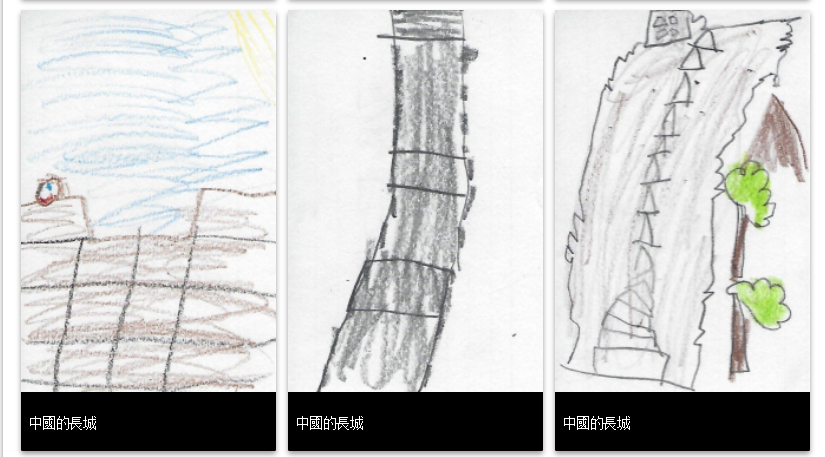Submitted by: Rebecca Kelley
Collaborators: Suzanna Panter
School: Dumbarton Elementary
Summary
The purpose of my lesson was to have the students understand the process required by the Nottaway Indians living in Virginia to obtain state recognition. Working collaboratively in small groups the students located, evaluated, and selected a variety of resources they felt best to recreate the tasks required to meet the five criteria required by the state. As a fictious tribe the groups completed the research and created documents that simulated those completed by the Nottaway tribe. ( The Nottaway tribe recently received state recognition after a long struggle.) Technology was used in both completing the research and producing the products. The lesson culminated with a mock presentation by the tribe to the Virginia Council on Indians (VCI) at which the required documents were submitted for approval. Special guests included Mrs. Lynette Alston, the Chief of the Nottaway Tribe as well as personell from Central Office, school administration, and parents. The completed projects, including the presentation, are uploaded to the website http://blogs.henrico.k12.va.us/staterecognition. The students are also communicating on a regular basis by email with the granddaughter of Chief Alston sharing their experiences in and outside of school.
TIPC Ratings
The students were provided with tools to stay organized throughout the project. They were given a tentative calendar with daily objectives to help them stay focused. They also received graphic organizers and checklists to keep track of notes, self-reflections, and citations. They had materials in print and electronic versions on all reading levels for use. We, the classroom teacher and librarian, constantly evaluated their projects to see what they weren’t understanding and redirected as needed. We assessed students’ writing, comprehension, and ability to use text features effectively.
The students evaluated online databases, websites, and other print reference materials for relevant information. Students analyzed information to determine its usefulness. They created slideshows, timelines, Pixie slides, and journal entries on Pages documents.
The teacher and librarian created individual group folders online through the county network which the groups used to store their search results, images, and products in progress. This enabled the teacher and librarian to assist the students with their progress in non-real-time as well as real-time communication.
The students communicated with peers, the teacher, and the librarian in person through the county network. The images, appropriate websites, and ongoing products were kept in online folders. This allowed the groups to independently evaluate the ongoing progress of their products during the school day and collaborate with their group members to make any changes. The students reflected informally throughout the process and formally when the documents were completed. They communicated in real-time with the Nottaway chief and are communicating in non-real-time through e-mail with a peer-aged member of the tribe.
The student projects were uploaded to the web for global use.
The teacher and librarian presented the purpose of each of the documents. They presented to the students with a real world problem and provided a scaffolded structure to facilitate critical thinking and problem solving. Ongoing assessments and feedback through conversations and observations supported the students questioning, thinking, and problem solving.
The students used a variety of software to display their documents. Each group collaborated to choose how they would present their document and evaluated their options to determine which would best serve their needs. They judged their final products to consider what they might use in the future.
The teacher and the librarian motivated the students by sharing a first-hand experience with meeting members of the Nottaway tribe and describing their struggle for state recognition. They invited the chief of the Nottaway tribe to come speak to the class about the process and to explain why it was so important. The teacher and the librarian used flex-scheduling which provided the students with the time to explore, experiment, and make changes on their products.
Students identified what information they would need, searched for and found their own information, and chose the tools they would use to create their product. Using technology, they created original products that they designed to represent the document their group needed for recognition by the VCI.
Student Artifact
Gv-he State Recognition from Suzanna Panter on Vimeo.
Download Files
- Lesson Plan
- Visit the blog
- All Documents and Samples located on the blog





